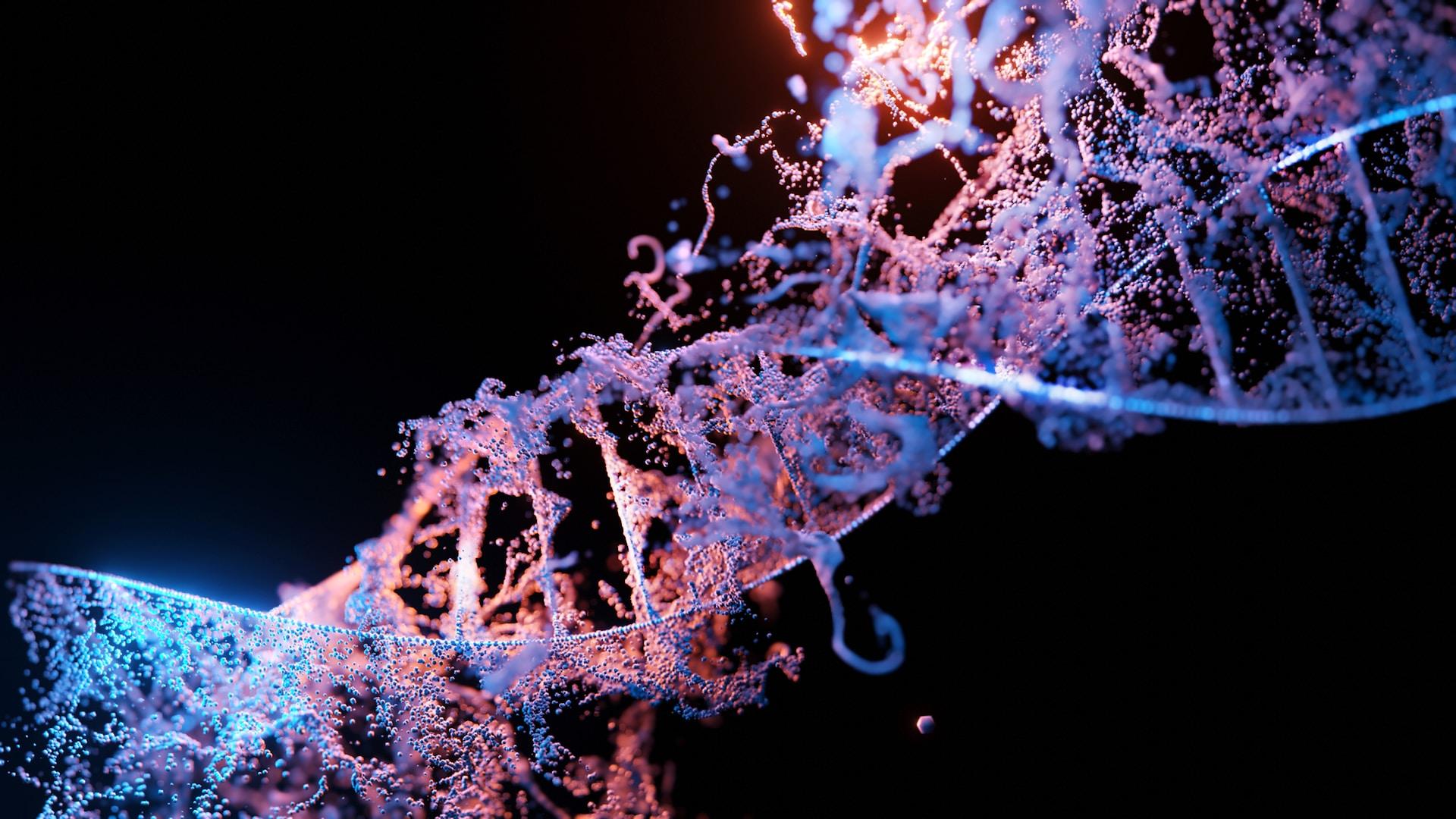

Adhira Ganesh
Class of 2025St. Johns, Newfoundland and Labrador
About
``` ```Projects
- "Determining transient drug resistance mechanisms in cancer cell subpopulations" with mentor Andrew (Sept. 28, 2025)
- "Publish an article: Explore gene editing and its use in healthcare" with mentor Rami (Aug. 22, 2023)
- "Decoding movement direction from a population of neurons in the motor cortex Can the accuracy of decoding direction of movement from a population of neurons in the motor cortex be improved?" with mentor Omar (Dec. 28, 2023)
Adhira's Symposium Presentation
Project Portfolio
Determining transient drug resistance mechanisms in cancer cell subpopulations
Started Sept. 11, 2024
Abstract or project description
Adhira will be writing a review paper on how mechanisms of drug resistance arise in rare cancer cell subpopulations stochastically. She will be critically evaluating the literature that has arisen in this field over the last 5-10 years, demonstrating how she thinks the field has evolved and where it will go. She will meet with me regularly to draft and outline.
Project Portfolio
Publish an article: Explore gene editing and its use in healthcare
Started July 12, 2023

Abstract or project description
The idea of gene editing might sound like something out of a science fiction movie… how would you even start to think about changing the DNA that gives the trillions of cells in your body instructions on how to function properly? In this pod, you’ll dive into the world of genetics and gene editing and explore the potential for gene editing use in human health and disease applications. Through this process, you’ll learn about conducting research, the cutting-edge technologies allowing for gene editing, and the ethics of manipulating the human genome.
Project Portfolio
Decoding movement direction from a population of neurons in the motor cortex Can the accuracy of decoding direction of movement from a population of neurons in the motor cortex be improved?
Started Feb. 7, 2023
Abstract or project description
Adhira will use data collected from the motor cortex of a monkey to decode the moving direction. The predictive accuracy of existing methods will be improved either by improving existing methods or using a new method from the literature.
This project will use data collected from the motor cortex of a monkey to decode direction of movement. The predictive accuracy of existing methods will be improved using existing methods or a new approach from other sources of literature. The predictive accuracy must be over 80% (by any means). The movement will be decoded using the instruction cue time (rather than the go cue). A decoding algorithm with the improved accuracy will be the end goal. This can utilize as few or as many neurons as desired, any decoder, and data from MI and/or PMd. First, a decoder must be implemented using the Lab 5 training data set. This will train the algorithm. Then using the decoder, the data from Lab 6 will be decoded. The final result will be a paper on how the accuracy was improved.